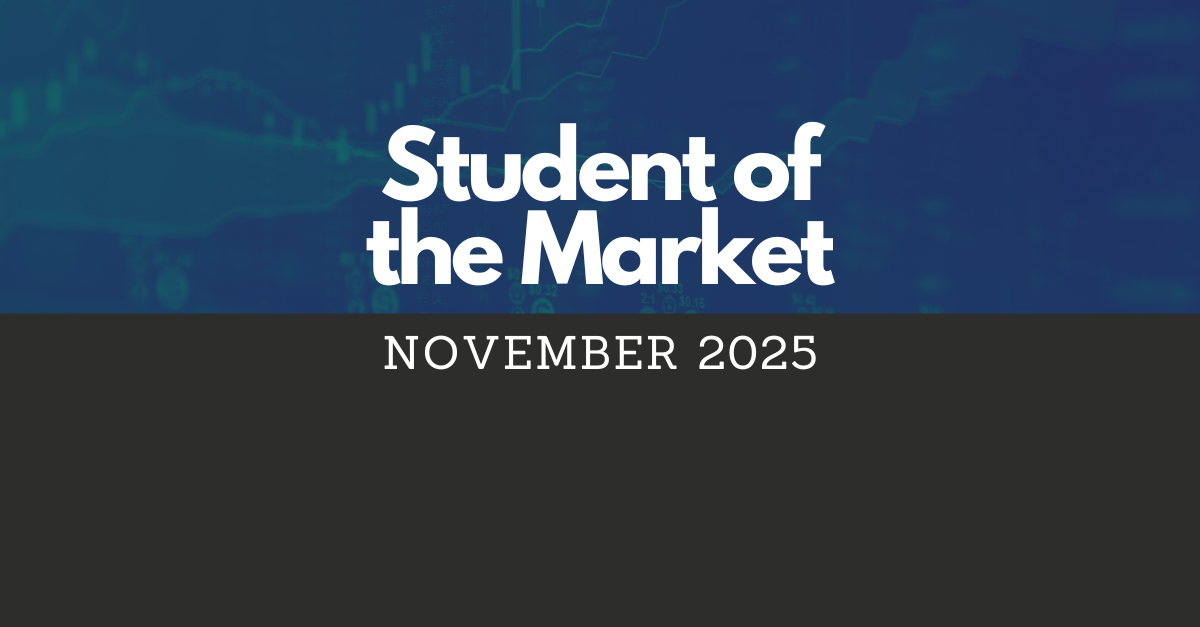You are now leaving the Strong Valley Wealth & Pension, LLC ("Strong Valley") website. By clicking on the "Schwab Alliance Access" link below you will be entering the Charles Schwab & Co., Inc. (“Schwab”) Website. Schwab is a registered broker-dealer, and is not affiliated with Strong Valley or any advisor(s) whose name(s) appears on this Website. Strong Valley is/are independently owned and operated. Schwab neither endorses nor recommends Strong Valley. Regardless of any referral or recommendation, Schwab does not endorse or recommend the investment strategy of any advisor. Schwab has agreements with Strong Valley under which Schwab provides Strong Valley with services related to your account. Schwab does not review the Strong Valley website(s), and makes no representation regarding the content of the Website(s). The information contained in the Strong Valley website should not be considered to be either a recommendation by Schwab or a solicitation of any offer to purchase or sell any securities.

Diversification and Asset Allocation are important financial strategies that may bring many ideas and concepts to mind that aren’t necessarily how these tools are defined in a healthy portfolio. Here are some tips on how to examine your assets and have a more balanced portfolio pie.

How do you carve up your portfolio pie to minimize risk and protect it from market troubles, like what we saw through Thanksgiving of 2018, for example?
Do you even remember that through Thanksgiving week 2018, the S&P 500 went negative, led by the FAANG group which officially entered bear market territory after dropping more than 20% from their 52-week highs? Probably not.
Do you even remember that shortly after Thanksgiving 2018, the S&P 500 kept posting red numbers on its way to a -9.18% return for the month of December 2018? Probably not.
Hopefully you will remember this: the best way to carve up your portfolio pie is through smart asset allocation, aided by diversification and rebalancing.
Diversification means the mathematical process of reducing risk through the use of many different types of assets. Diversification combines mutual funds, ETFs, closed-end funds, stocks, bonds and other securities that are not correlated. In other words, one asset class typically zigs while the other zags.
Asset allocation is when risk versus reward is balanced, according to the risk capacity, risk tolerance, time frame and goals of the investor. Many people believe that when they have more investments, it means they are more diversified.
Wrong.
When allocating assets, you need to do two things:
So, it is not necessarily how many pieces you have in your pie, but what makes up the ingredients of the pieces to begin with. You have the entire global economy to locate them. You could cut the pie into very tiny pieces. However, those likely would be similar to other tiny pieces nearby.
Work from the broader big picture on down, using specific investments for defined asset classes. And pay attention to rebalancing.
Rebalancing is a financial planning tool designed to get your portfolio back to your original allocation target. Why? Because with time your allocation drifts, and you take on a different risk profile as a result of this drift.
Let’s assume you are not investing in individual stocks, which may go to zero for a complete loss. Instead you invest in index funds, which give you steadier diversification. By definition, all the companies in the index would need to go to zero for you to suffer a complete loss.
Let’s also assume you have a global asset allocation with indexed exposure to many different asset classes. What happens when, say, your Energy index fund declines and now makes up a smaller piece of your portfolio than you want in your asset allocation pie (the Energy sector is down over 40% YTD through November 20th)?
Or if the Information Technology portion of your portfolio is too big (the Information Technology sector is up over 30% through November 20th)?
Your next step is to rebalance.
You sell off a portion of your portfolio that has expanded too much and buy into the asset class that has declined. In other words, you sell some of the Information Technology index fund and buy more of the Energy index fund (this is just for illustrative purposes and not a recommendation to buy or sell one asset class for another by the way).
Remember the old saying, “Buy low, sell high?” Well, rebalancing means you are doing just that, except you sell high first, then buy low. You sell some of what has gone up to buy more of what has gone down, thus restoring your desired asset allocation pie and remaining consistent with your risk profile.
But beware: selling “winners” and buying “losers” goes against the grain emotionally, of course. So, you make this a regimen in order to eliminate some of the emotional challenges.
You probably make pretty good pies. Your pies might even rival those from your grandmother. But asset allocation pies might taste better when constructed by a professional baker – your financial advisor.
But most importantly, know that your financial advisor will create an asset allocation pie specifically tailored to your tastes (financial planning).



